Marketing may get you new customers, but it is how well you engage with the customers that ensure you retain them. In engaging your customers, no platform could perform as effectively as social media. Considering the extensive penetration that social media has in the social fabric, the channel has become a great avenue for customer engagement and retention strategies for businesses.
[playht_player width=”100%” height=”175″ voice=”Mark”]
Chiaroscuro Bags, a homegrown artisanal premium leather bagmaker brand from India, has demonstrated the power of social media in customer retention in its purest quintessence:

[Source]
The brand invites customers to take photographs using their products and uploads these pictures on its own Instagram feed, letting the world know how happy it makes them. The brand also features (in its Instagram stories) the screenshots of the appreciative messages its customers send on its Facebook Messenger. They are all tagged as #ChiaroscuroLoveLetters:
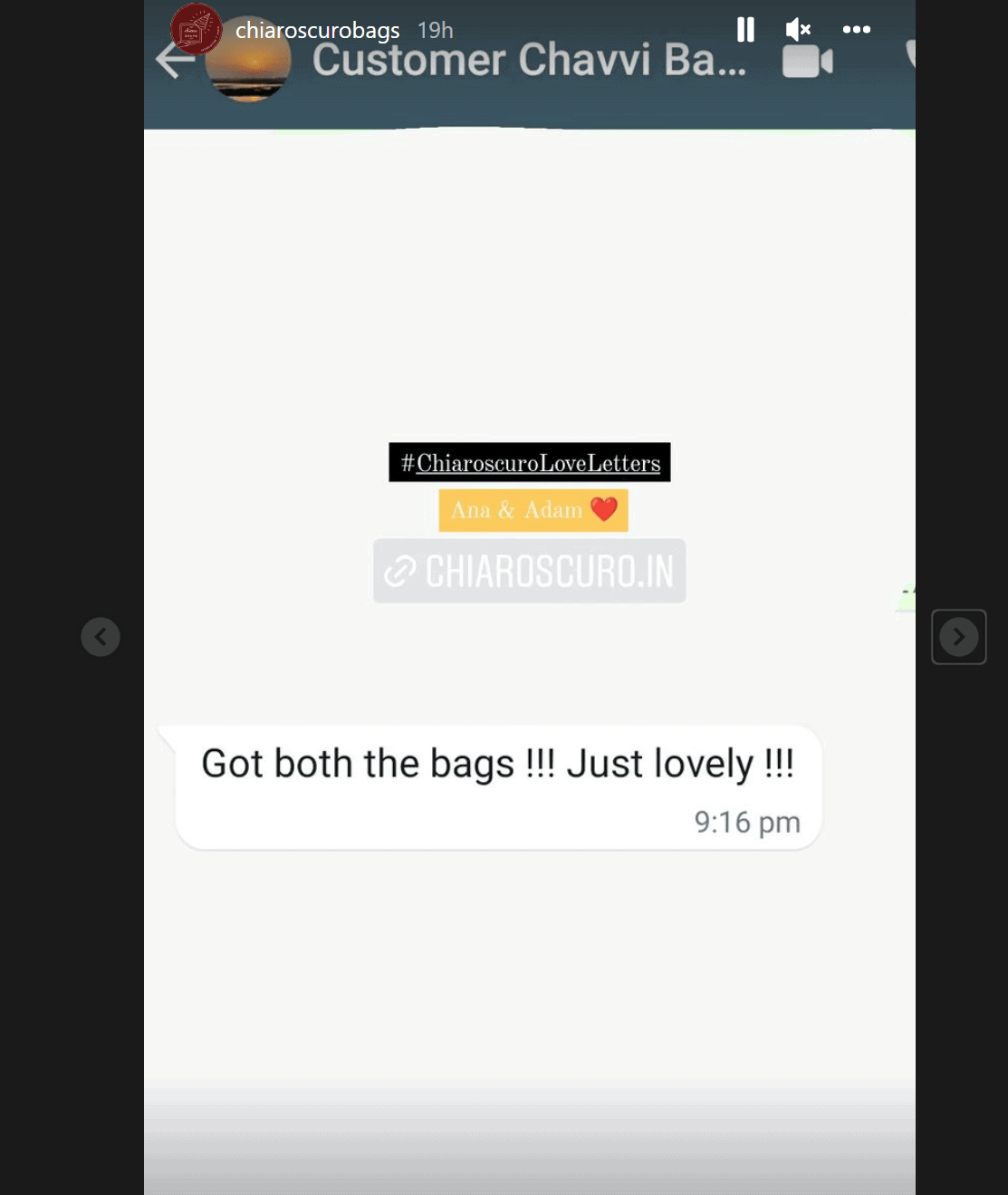
[Source]
This little act of thoughtfulness makes the customers see how the brand values their loyalty; they keep coming back to shop with Chiaroscuro.
This is one of the many strategies brands employ to retain customers through social media. Let’s take a hand-on, detailed look at a few more.
8 Strategies to Use Social Media for Customer Retention
Social media doesn’t only mean customer outreach and in-feed advertisements. There is more to this dark horse: social media is where your audience spends a large chunk of their daily time. Internet users around the globe spend an average of 2 hours and 27 minutes on social media daily.
As a business, you could leverage this time to groom a positive relationship with your customer, and retaining them wouldn’t be a big challenge. Let’s now look at 8 tested strategies to help you make a customer yours for the long haul.
1. Set Up Social Listening Alerts
Much of the opportunity to retain customers depends on how well you understand what is being said about your brand. Social listening is now carving a niche of its own in the world of social media marketing as a way to iron out the creases in the brand-customer relationship.
Social listening is when brands actively observe what their target audience posts about on social media – things that are directly or indirectly related to the industry. A thorough analysis of these observations then reveals the position and image of the brand in its target audience circles. This insight is instrumental to strategizing better brand positioning and customer engagement on topics they are discussing.
Remember: When you talk to your consumers in their language, you communicate and connect with them better. Seamless interaction with your consumers will give them a reason to stay with you longer.
Netflix has reached the epitome in this regard with its recent innovation, Netflix Socks. Insights from social listening revealed to the company that many of its viewership were prone to snoozing while watching shows on the platform. This became a problem because the users kept waking up to spoilers or had a ruined Watch History on their feed.
Netflix responded with Netflix Socks, a pair of smart socks that can detect if the viewer is dozing off using an inbuilt accelerometer. This device could communicate with the TV to pause the show when the viewer had slept.
At the Shorty Awards, Netflix spoke about social listening and how they are listening and looking for new trends in the entertainment world. This could be the trends inspired by Netflix, like Netflix and Chill, or the struggle between studying or binging.
Netflix won the Shorty Award for creative use of technology in this one – at its core was social listening.
Key Takeaway: Get a good social listening tool, and set up device alerts to stay updated about what your customers think of you.
2. Social Media Automation
Automation has helped many businesses make their processes more efficient and improve throughputs. A slightly overlooked and unpopular use of automation lies in using it to retain your customers. Are you confused yet?
Customers don’t like to wait, and they don’t like having to switch between channels to communicate with a brand. Instant responses earn warmer leads and more interested customers. Automating a few things across your social media handles can help your brand keep customers happy by reducing response times.
Think of it in numbers: About 82% of the customers respond to their sales or marketing query within 10 minutes. The time your business spends to get back can be used by your competitor to snatch the lead away.
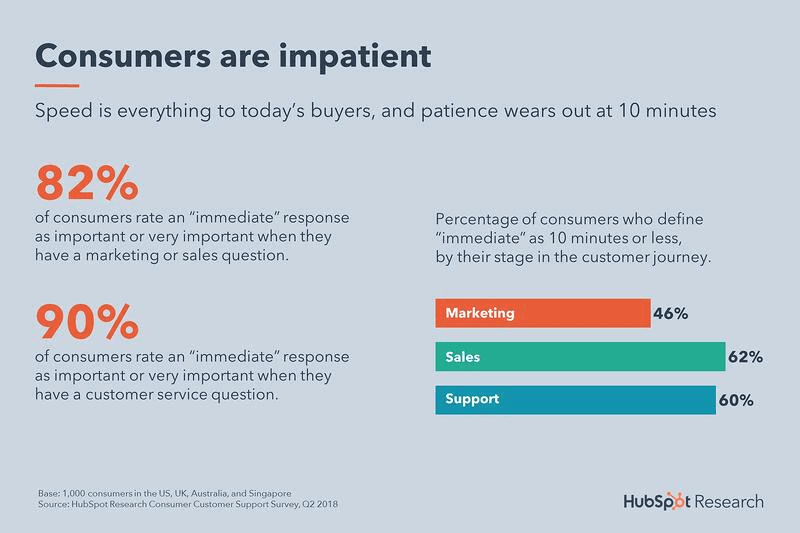
It is here that social media automation shines best: instantly responding to customer queries. If your customers reach out to your brand on Facebook Messenger, you must respond within their tolerance timeline to prevent a potential churn. Slurp Laboratories, a Korean skincare brand, demonstrates how it is done by automating facebook responses to customers contacting the brand from a different time zone during busy hours:
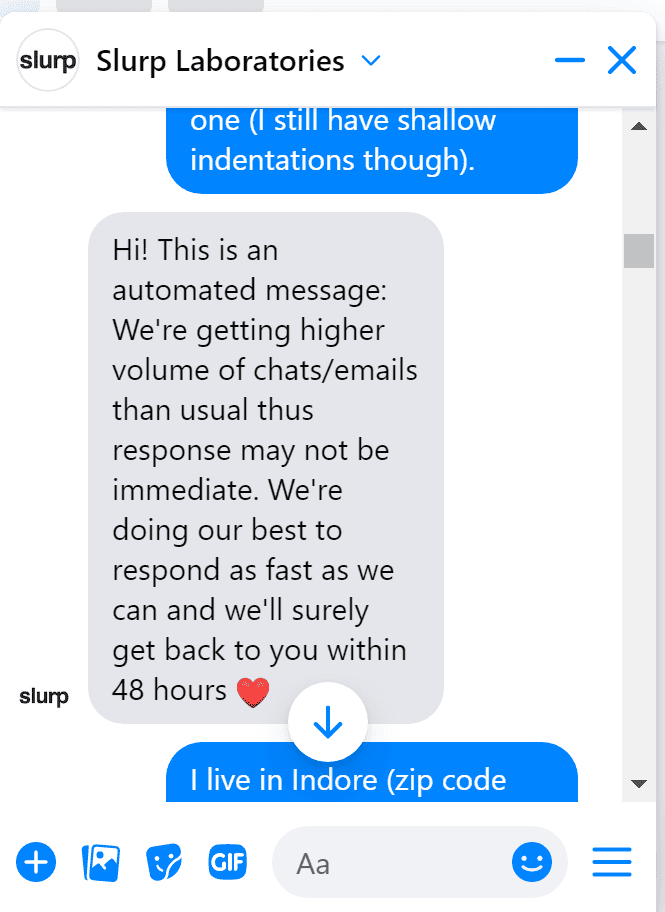
Notice how the message lets the consumers know what to expect when contacting Slurp. While consumers are generally impatient, automated messaging helps calm them down as your brand gathers resources for interaction. In fact, tools like Bulkly help you schedule these messages and automate them to achieve optimum results. Implementing this tool would remove the need for the customer to keep waiting for a message or post from your brand’s channels, increasing your chances of retaining them.
Key Takeaway: Respond to customer queries within the first 10 minutes. Automate this response and include a message that sets expectations.
3. Build a Facebook Community
Facebook groups are a great way to promote your products and services. They are also a great way to stay relevant in your customers’ minds. By building a thriving Facebook community, you are gaining customers that aren’t merely interested in purchasing your products but are also willing to contribute to the community with feedback and troubleshooting tips.
Posting interactive, engaging content on Facebook communities keeps your audience engaged and updated with the brand news. Customers feel connected with your brand at a very personal level. This is a monumental marketing opportunity for your new launches. When leveraged right, the community members act like brand advocates and bring in more new customers. These communities can help you market local businesses or even larger corporations; the effect is the same.
See this Ahrefs Facebook group, for example. It is a private group on Facebook, building a healthy community around the objectives of the product. The community gathers to initiate engaging discussions with industry experts in this group.
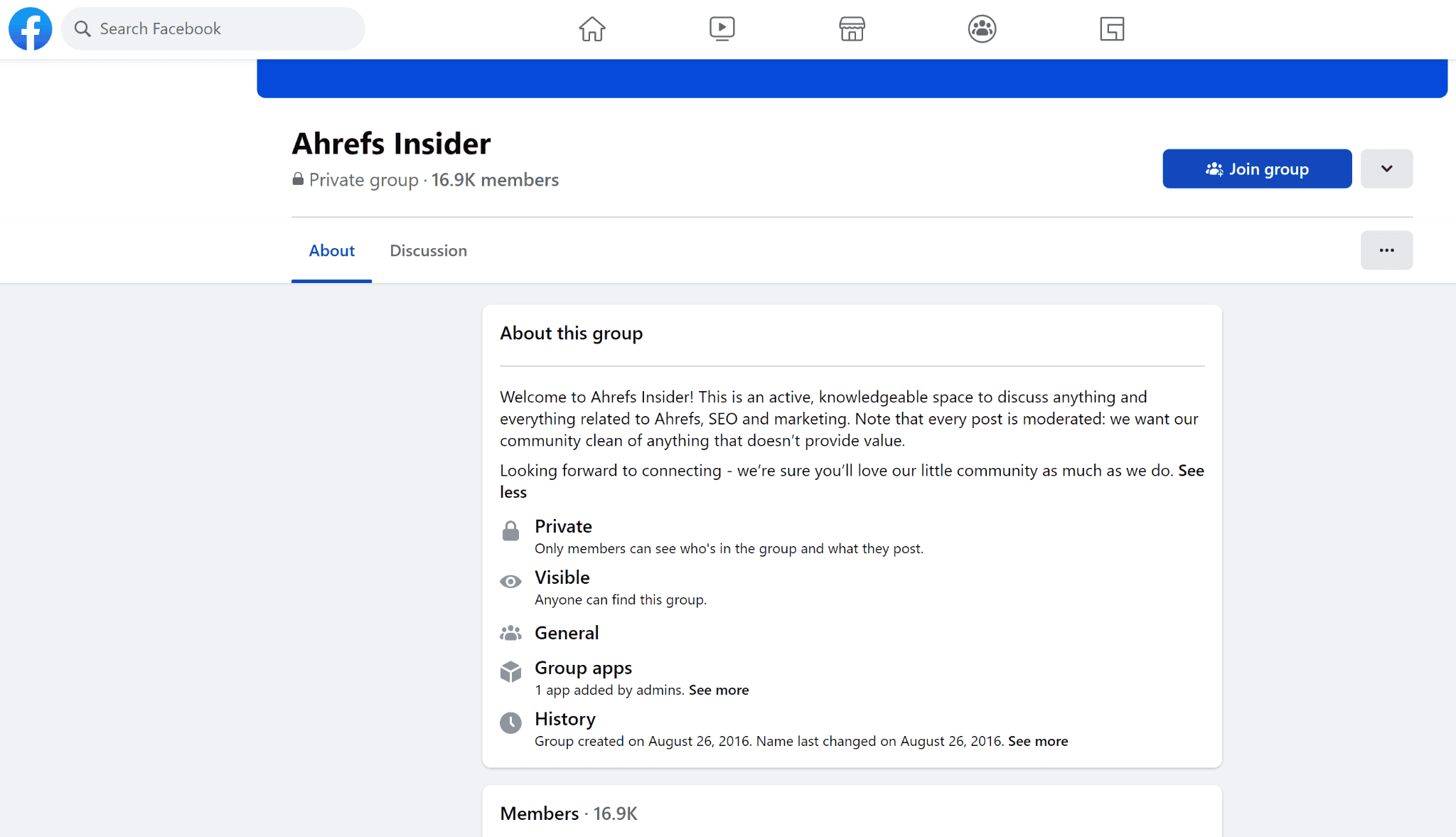
Key Takeaway: Try to build an online social community that talks about the industry and its challenges and discusses innovative ideas your brand can deliver.
4. Leverage Live Videos
Video remains the most popular source of content consumption online. This can be seen in the fact that about 96% of the consumers watched explainer videos of a product before deciding on a purchase.
People would rather watch a short video rather than read text. Today, social media apps allow brands to post Live Stories, which can be effectively leveraged to engage the audience in an interactive video of what’s happening with a brand. For the existing customers, this acts as a reinforcer — a final connection with the brand that earns customer loyalty.
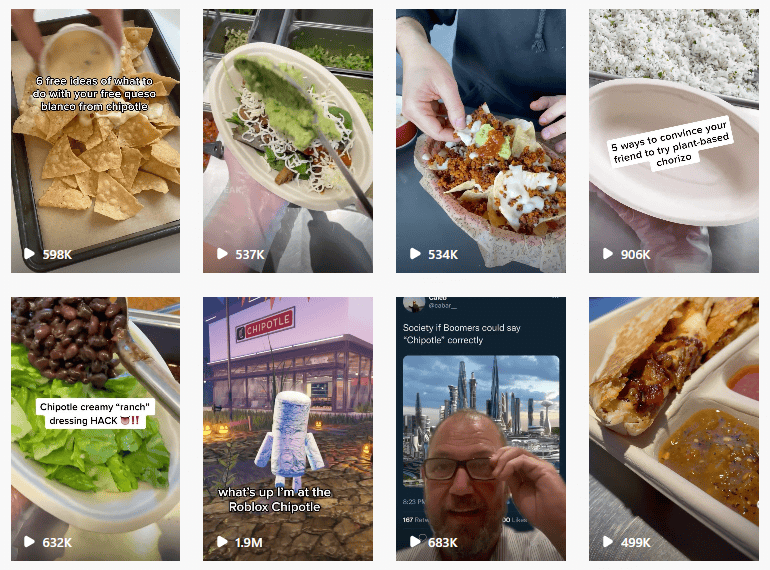
For example, Chipotle, the Mexican fast-food chain, uses live streaming to demonstrate tasty recipes using its products.
Key Takeaway: Customers stay with you when they can see what you are up to. Give them a glimpse of the inside through live videos.
5. User-Generated Content
When users feel appreciated and valued by your brand, they make it a point to shop with you again. It is important to express to the consumers that your brand cares about the business they give. One way to express this appreciation is to let users contribute content to your social media pages – videos, images, or feedback notes, anything works.
For example, Fjallraven Kanken, a travel bagmaker, features how its customers use their backpacks on its news feed. Not just that, the brand goes one step further to say nice things about how they use the bags:
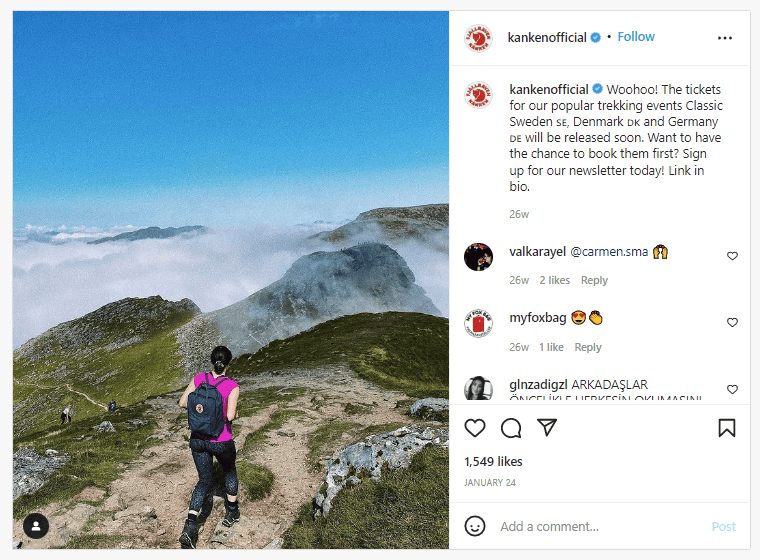
Users love to tell the world about their experiences with a product, especially in two cases: the experience was exceptional, or the experience was terrible. Whatever your users say, attempt to gather some of them up and request them to make a post with your product and the brand tagged. This thoughtfulness goes a long way in customer retention.
Key Takeaway: Give your users an official platform to share their product use experience visually on social media. They feel appreciated this way, and your brand gets firsthand customer advocacy.
6. Personalized Content
In a survey conducted by Epsilon, it was found that 90% of the consumers showed higher purchase intent when engaging with brands that provided personalized experiences. On the other hand, Adobe found that 66% of the consumers admitted to abandoned purchases because the brands didn’t show them relevant information.
Personalization is important. It communicates to your customers that you recognize and remember their needs and cater to them with relevant offers and product recommendations. When looking for new products, your customers would know that your brand understands them and come back to shop with you.
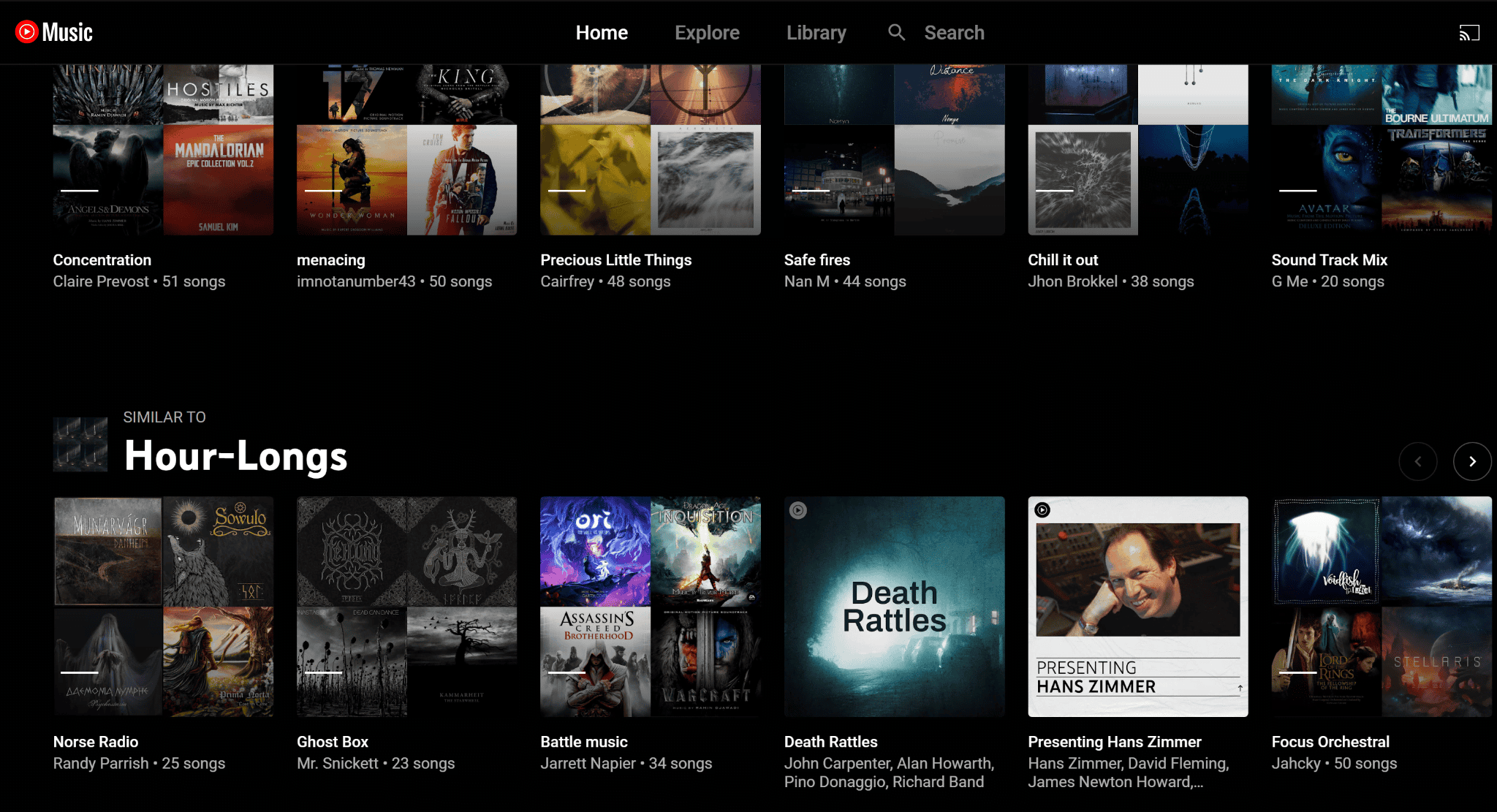
For example, on YouTube Music, a leading social media channel focusing purely on music, personalization is the primary focus. It employs intelligent algorithms to innately understand your tastes in music and serve you more of what you like to listen to under the “Similar To” section in the home feed.
This goes a long way in retaining old customers and also encourages them to advocate for your brand.
Key Takeaway: Consumers don’t want to look for the stuff they need. Be proactive and analyze their preferences to show them relevant information – this helps retain them for longer.
7. Influencer Marketing
Relatability sells. It also retains. Watching your brand engage with people that customers admire and follow themselves establish a sense of solidarity with the brand. In other words, it says, “Yes, me too!”
Relatability helps keep customers around because then your brand becomes real to them. A simple, analytical study of your customer demographic and the influencers they follow on social media would give you a list of influencers to target for marketing.
PlayStation sets a good example of how this is done. Justin Tse an avid gamer and influencer on Instagram, and partnering with him (along with two others) helped PlayStation improve engagement.
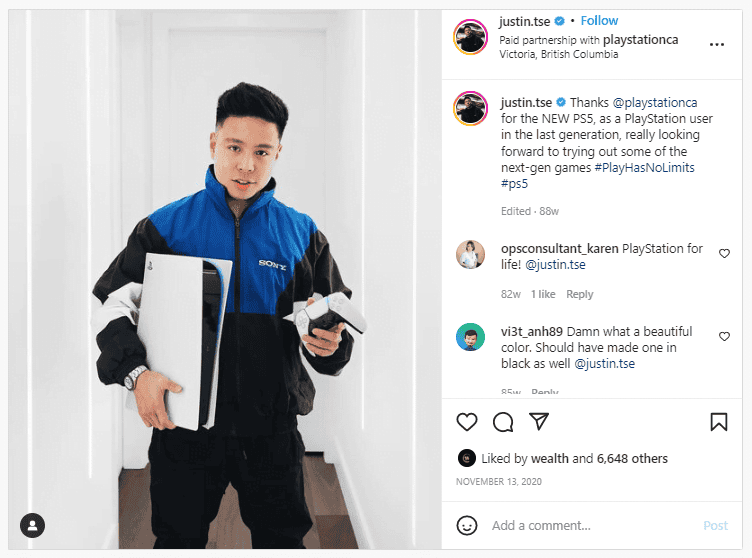
[Source]
Key Takeaway: Influencer marketing promotes relatability. Consumers trust influencers because these people show them their life most unabashedly. Letting social media influencers reinforce your product in the market tells your customers that your brand is as real as it can get, encouraging them to stay with you.
8. Work With Feedback
Customer feedback can do two things: it can encourage you or open your eyes.
On social media, most of the posts are public. Whether your products are getting good or bad feedback, every other consumer can view the comments and form their own opinion of your brand.
It thus becomes important to work carefully with customer feedback. Brands that express gratitude for feedback are always received well by customers. On the other hand, apathy is always harmful. Ensure that your social media executives know how to address negative feedback on social media.
If you wish for your customers to stay with you, you must make it a point to listen to their concerns eagerly. No negative feedback should be allowed to go out the window — it should be addressed as promptly as a sales query.
For example, Nordstrom does this beautifully by addressing a customer’s feedback in a clever way. They gracefully accepted the criticism and also provided the customer with the promise of escalation through the comment:
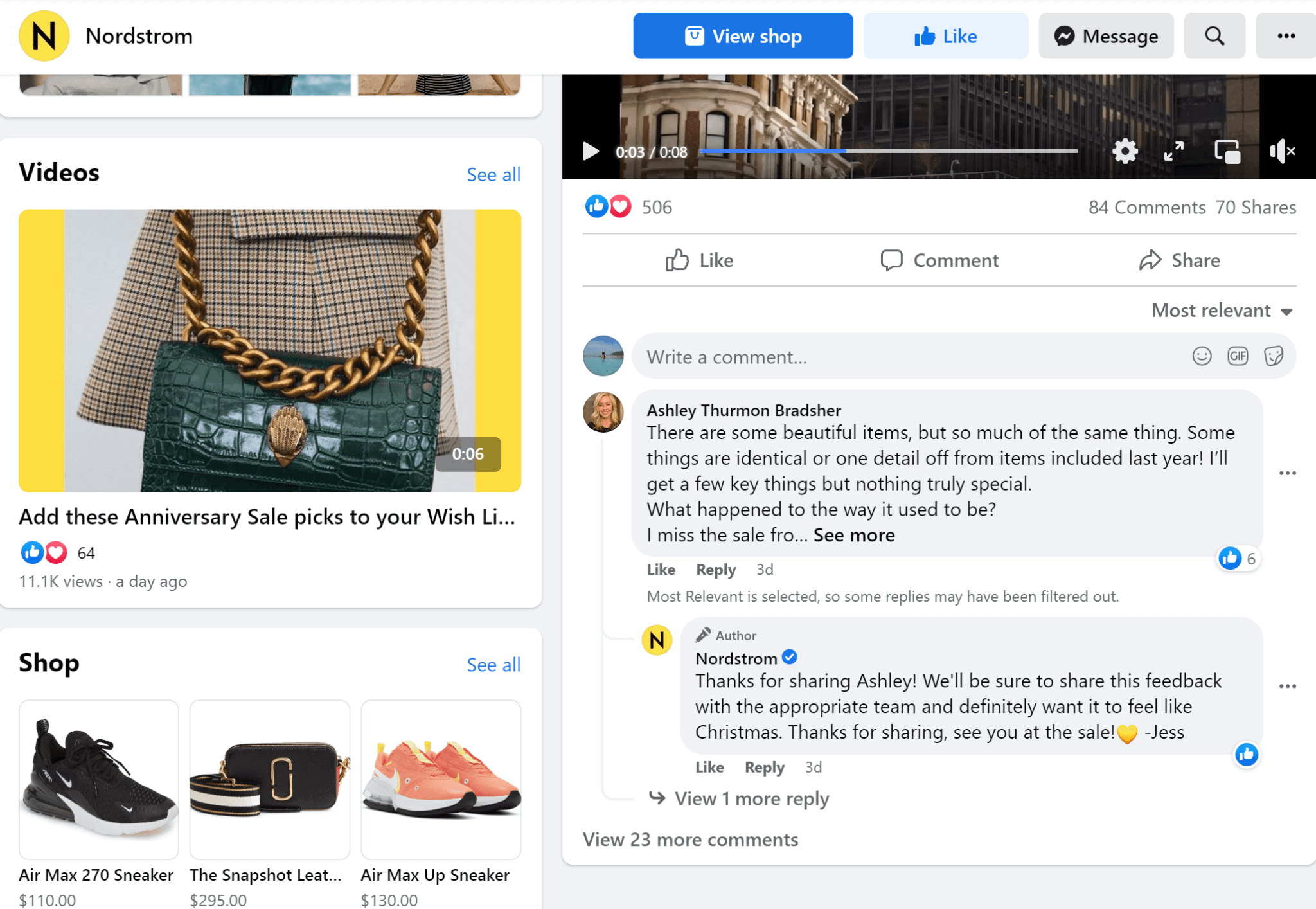
[Source]
Remember: With inferior quality or faulty products, all your customer seeks is a peaceful resolution. Nobody wants to argue; things escalate when the issue is not heeded in time.
Key Takeaway: Even if there is negative feedback for your product, it is good to have the grace to apologize and throw water on the fire. Ensure your organization has a proper escalation matrix, and customer executives are well-briefed in resolution protocol over social media.
Final Thoughts on Social Media for Customer Retention
According to a Harvard Business Review study, acquiring a new customer can cost you 5 to 25 times more than retaining an old customer. Wouldn’t you say it makes more sense to try to deliver a better brand value to the customers who already shop with you?
Customer retention delivers more value to a business in the long run as compared to customer acquisition. Businesses, therefore, should strike an informed balance between customer retention and acquisition. It is always smart to thoroughly assess the quality of the customers you are acquiring so that retention becomes easier.
Utilize the 8 strategies discussed above to keep your customers through the power of social media.


